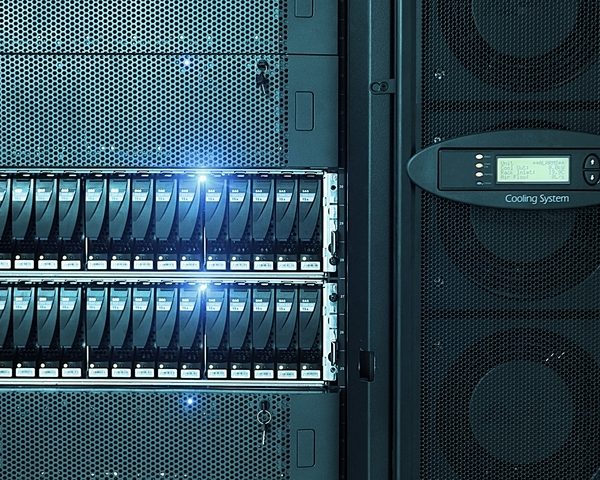
5 Electronic Cooling System Features and Functions
Electronics have a tendency to heat up when they are running, especially if they are running for long periods of time or when they are working particularly hard, for example, running large programs or heavy software. In order to maintain the good condition and long lifespan of electronics, they should be equipped with electronic coolers which ensure they do not overheat.
There is a wide variety of features available for electronic coolers, which can be used for electronics in different environments and which optimize the cooling process.
1. Temperature control

The main feature of an electronic cooler is essentially to control the temperature of an electronic device or system. Electronic coolers have cooling capacities of a certain number of British Thermal Units per Hour (BTUH). This number indicates the amount of cooling the electronic cooler can provide per hour to the electronic system. Some electronic coolers actually administer cold air, while others remove the hot air from the environment.
A variety of methods can be used to help electronics remain cool, and choosing which method is best for the electronic in question depends primarily on the environment the electronic is in – whether the space itself is very hot, whether there are contaminants around, or whether the air is humid are all factors that would go into this decision.
2. Easy installation

Although electronic cooling should not be an afterthought, it is important that the cooler fit the electronics, not the other way around. As such, electronic coolers are designed for easy installation, so they can be quickly, efficiently, and properly installed in a short period of time to any electronic system.
Many electronic coolers are relatively compact in size, and are versatile in the way they can be installed in order to best fit into any environment. An alternative to electronic coolers is air conditioners, which, in contrast to electronic coolers, are relatively difficult to install.
3. Air purification or contamination prevention

One of the problems of simply using a traditional fan for electronic cooling is that it allows contaminated air to come into contact with the electronics. The problem with this is that this contaminated air can cause just as many malfunctioning problems for the electronics as an overheated system can, as it can allow moisture and dirt particles to come into contact with the system.
By ensuring that the air is purified, or that contaminated air cannot reach the electronics, electronic coolers provide an added level of environment improvement.
4. Inexpensive

Another feature of electronic coolers is that they are inexpensive when compared to an alternative like air conditioning. They also require minimal maintenance, which can be a significant added cost. When electronic systems heat up, it can significantly decrease their reliability and their overall lifespan. Employing an electronic cooler can double the lifespan of an electronic system, so it is a highly economical investment, considering the alternative is to replace and/or repair the electronics more frequently.
5. Heavy-duty applications

Electronic coolers are necessary for pretty much any electronic, and so it is very important that even the roughest environments with the hottest temperatures and most unforgiving environments have sufficient cooling solutions available. Electronic coolers are available with cooling capacities as low as 1,000 BTUH all the way up to around 20,000 BTUH, so there is really something available for any application.
Electronic cooling solutions are available for environments where there are chemicals or corrosive materials that may be present, and which can effectively protect the electronics in such environments. As well, some electronic coolers are designed to specifically manage environments that are already very hot in addition to the added heat created by the electronics.
